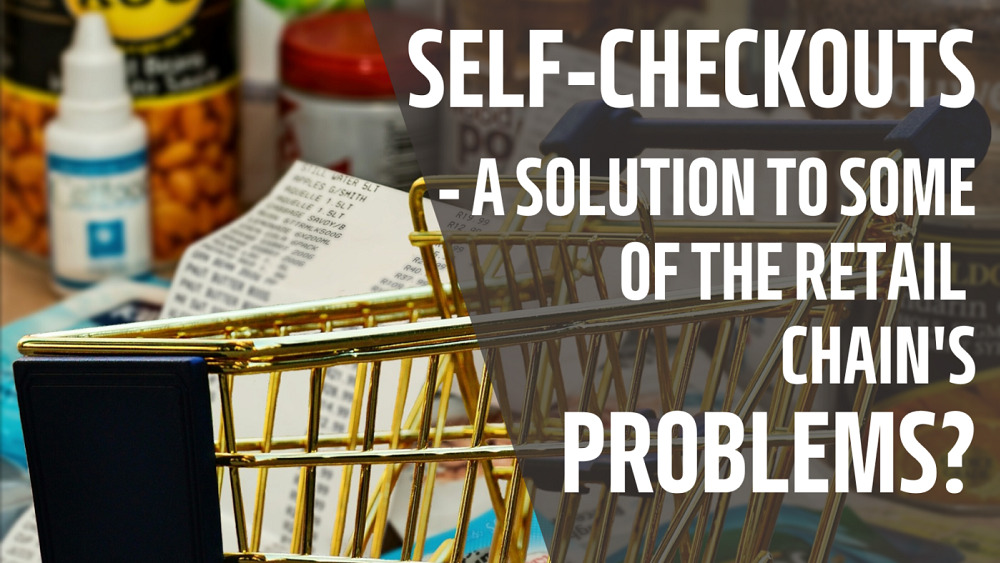
In sales as well as in customer service, many workers are needed – can self-checkouts be a remedy to this problem?
Retail chains face workforce shortages for a longer period in many countries across Europe. e.g., in Poland, we number of workers required is estimated at the level of 150 000 – says Krzysztof Inglot, founder of Personnel Service, Chair of HR platform Pracodawcy RP (source).
Even less workforce, even more customers
A cyclical economic survey conducted by the Polish Main Statistical Office reports some retail companies observed a negative impact of the war in Ukraine: a decrease in sales and revenue, an increase in costs, or turbulences in supply chains.
On the other hand, retail stores are visited by a higher number of customers. Since the beginning of 2022, the number of store customers has been significantly higher than the previous year. In Poland as well as in many other European countries, a significant share of customers are citizens of Ukraine. Across Europe, there are ca. 6 million Ukrainians who left their country. Additionally, after 2 years of pandemic restrictions, tourism increased. This is especially visible in holiday resorts.

What do customers expect?
Expectations of customers are high. Richard Hammond in his book Smart Retail points out a factor of friction in the purchasing process. Companies that succeed reduce mentioned friction Elements of this friction may be:
- travel distance,
- time needed to complete a shopping task,
- store layouts,
- clarity of communications,
- payment,
- processes specific to the scenario, such as putting a coin in a supermarket trolley.
According to Hammond, the success factor for retail is to reduce friction in purchasing.
Research reports published nowadays point out a higher level of dissatisfaction among customers. The main reasons for irritation mentioned by buyers are long time spent in queues, lack of products on shelves, and prices at the checkout different than on shelves. They are the same elements that compose Hammond’s friction.
Self-checkouts may reduce purchasing friction
So, how retail chains can reduce obstacles appearing on purchasing path when there are even fewer workforce and even more customers and many of them are dissatisfied? Ad how to make the customer experience better, when companies cannot feel secure in terms of future prosperity?
Although technology cannot compensate lack of well-qualified employees, it can at least solve some of the problems caused by this shortage. Self-checkouts are a good example. One worker may supervise the whole automatic checkout zone.
A common reason for the intervention of employees is confirmation of age for customers buying alcohol. In one of our posts, we suggested a solution enabling confirmation of customers’ age on their own, e.g., with an application.
Describing the self-checkout zone would not be comprehensive without mentioning potential for optimization of these areas for impulse sales. An issue of impulse purchasing in self-checkout zone was already described here.
Customers want self-checkouts
A significant number of customers expect such solutions in retail shops. Automatic cash desks can help to serve a bigger number of customers, which is positive. A lack of employees is a problem in a retail business. A result of increased customer flow combined with a shortage of employees is frustration and impatience. Automation of transaction zone is a way to deal with this problem.




